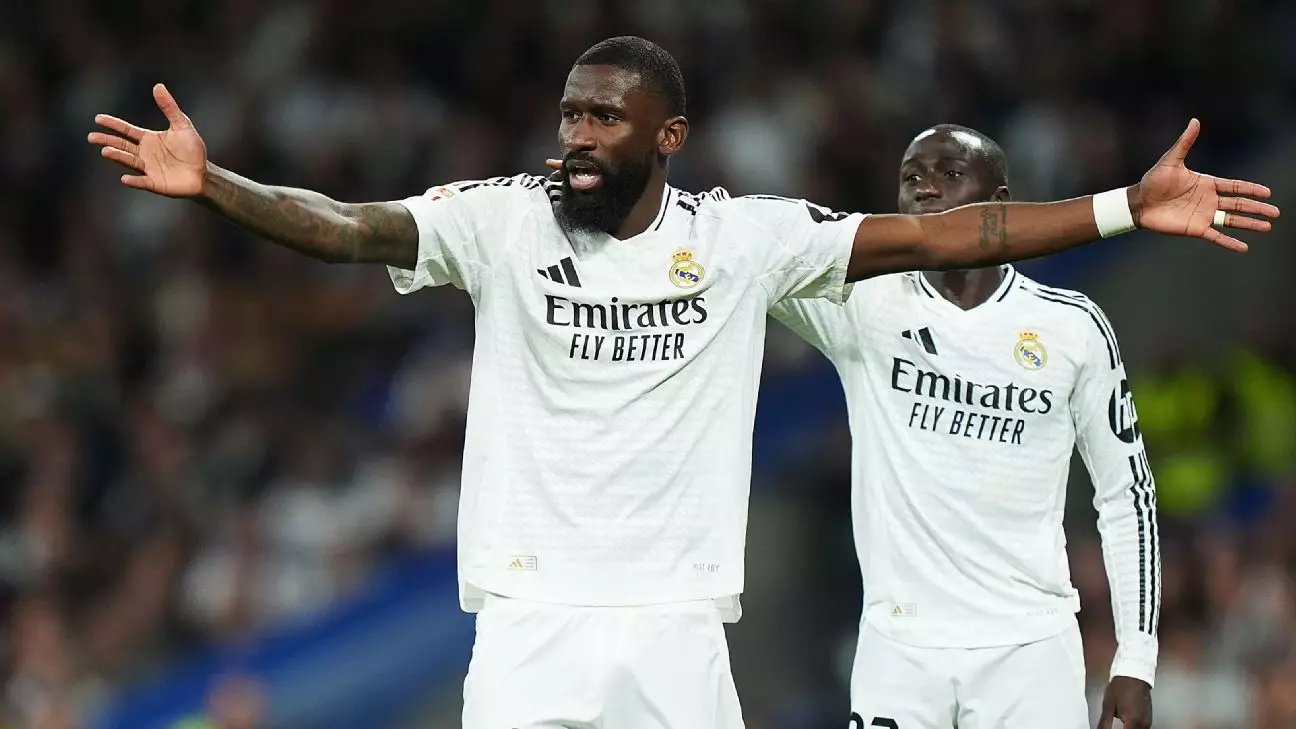The UEFA Champions League is one of the premier football tournaments globally, attracting the best clubs and talents from across Europe. However, the road to glory is often fraught with obstacles, not least of which are injuries and suspensions that can significantly alter a team’s lineup and tactical approach. In this article, we delve into player availability issues for key matchups, highlighting the implications of missing stars and the race against time for others to regain fitness.
Every successful team in the UEFA Champions League relies heavily on its squad depth and the ability to field a consistent lineup. Injuries can disrupt team chemistry, leading to disappointing performances and results. For instance, clubs like Paris Saint-Germain and Juventus, both heavyweights in the competition, are facing serious concerns due to injuries to critical players. The absence of a consistent defensive core or pivotal midfielders can lead to an immediate decline in team performance, impacting their chances of advancing in the tournament.
Take Paris Saint-Germain as an example. While their attacking options remain potent, the absence of players like Warren Zaïre-Emery, who is recovering from an ankle injury, means that the team’s midfield could lack the dynamism necessary to control games. Similarly, Juventus’s struggles can be attributed in part to injuries of key defensive figures such as Gleison Bremer, whose absence severely hampers the team’s ability to maintain defensive solidity.
Effect of Suspensions on Key Players
Suspensions can be just as damaging as injuries, pulling key players away from essential fixtures during this critical stage of the competition. For example, Celtic finds themselves compromising their attacking options due to Daizen Maeda’s suspension. Missing a significant player can erode a team’s momentum and can impact their tactical setup.
Just as injuries can press players into service earlier than expected, suspensions can force managers to reconsider their strategies. Coaches often have to plug gaps with less experienced players or adjust formations to compensate for the absentees. With the intense nature of UEFA fixtures that require frequent matchups, managing player fitness and discipline becomes paramount.
Key Matches and Their Lineups
Analyzing the lineups preceding crucial matches reveals how clubs have adjusted. For instance, in the match between Manchester City and Real Madrid, both teams face a plethora of injury concerns. Manchester City’s inability to field Nathan Aké and Rodri due to fitness issues presents a significant challenge for their defensive and midfield setups. Ederson’s possible absence could also force Pep Guardiola to rethink his goalkeeping strategy, given the Brazilian’s influence as a starter. His replacement would need to quickly adapt to the high pressures of a Champions League quarter-final.
On Real Madrid’s side, they are not without their own setbacks. The absence of David Alaba and Dani Carvajal limits their options on the backline, leading to potential vulnerabilities that City could exploit. Compounding the issue are Antonio Rüdiger and Lucas Vázquez’s respective injuries, which leave the already thin squad in a precarious position—this could be pivotal in deciding the outcome of the match.
Some players are in a race against time to regain fitness before pivotal encounters. The outlook of their clubs often hinges on these athletes getting back into action. Take Juventus, where the uncertain return dates for players like Andrea Cambiaso and Arkadiusz Milik can dictate how effectively the team competes in the coming rounds.
Injuries typically require weeks for recovery, but they vary widely based on individual cases. Coaches and medical teams must work closely to optimize chances for a quick return while also considering the long-term health of their players. Rushing players back into action could risk exacerbating the injury or lead to new complications, effectively sidelining them for extended periods and hurting the team in the long run.
As teams prepare for the Champions League’s next fixtures, the challenges posed by injuries and suspensions loom large. Coaches are tasked with making tactical adjustments in real-time, emphasizing the need for flexibility and adaptability.
Player management becomes an intricate puzzle, where the health and fitness levels of athletes dictate pivotal match results. Teams must not only build depth in terms of talent but also foster a culture where players can rise to the occasion and seize opportunities. The Champions League is unforgiving, and the stakes are high—every player counts, and their absence can turn the tide of fate for an aspiring champion. The road to glory in UEFA is as much about resilience as it is about skill on the pitch.

